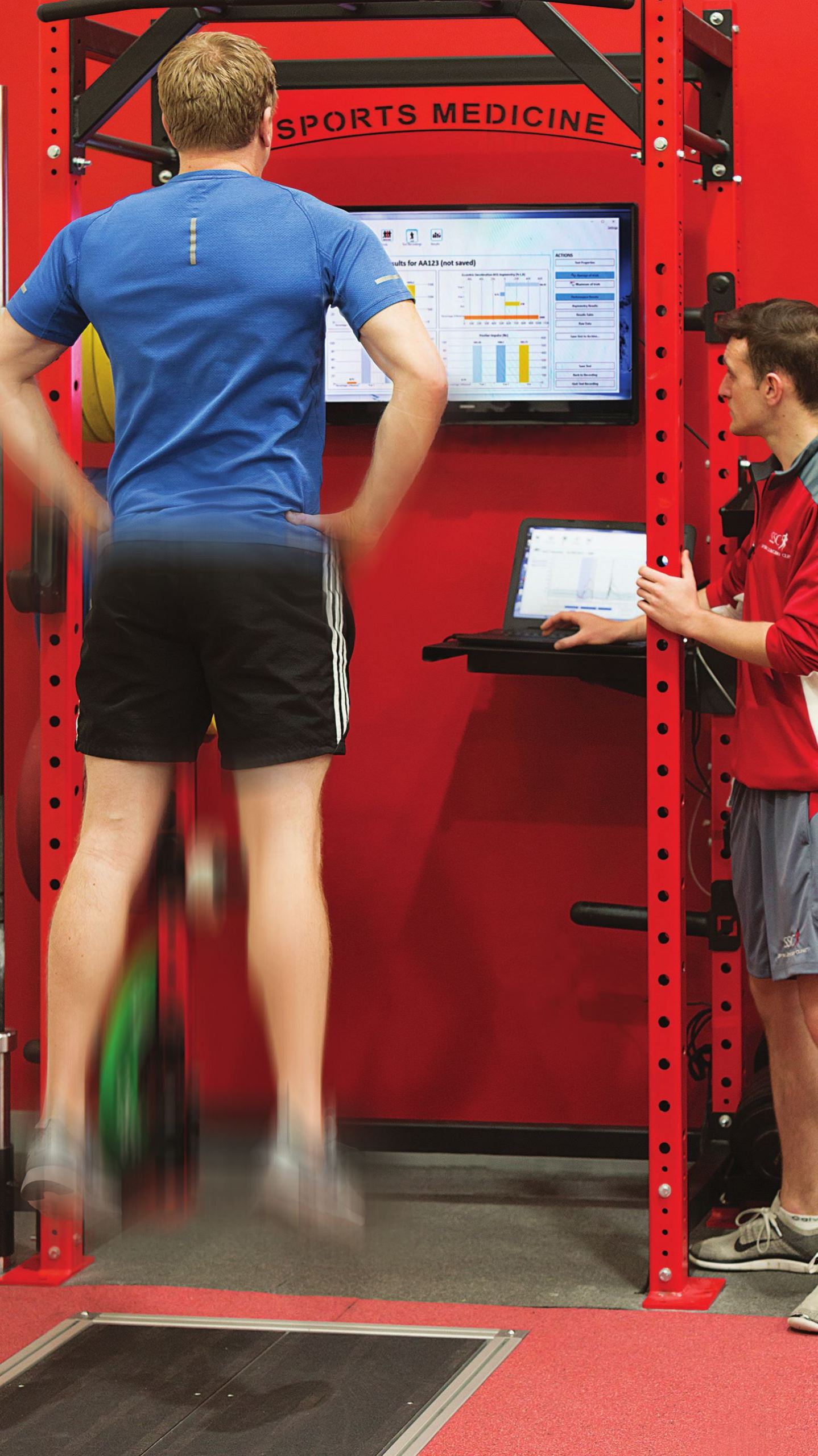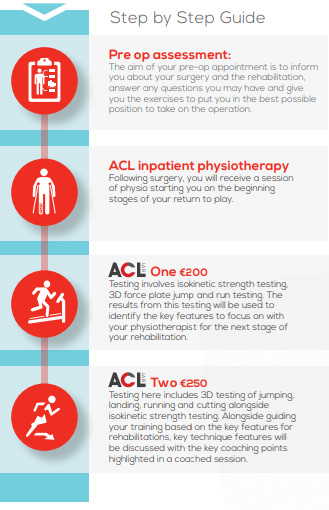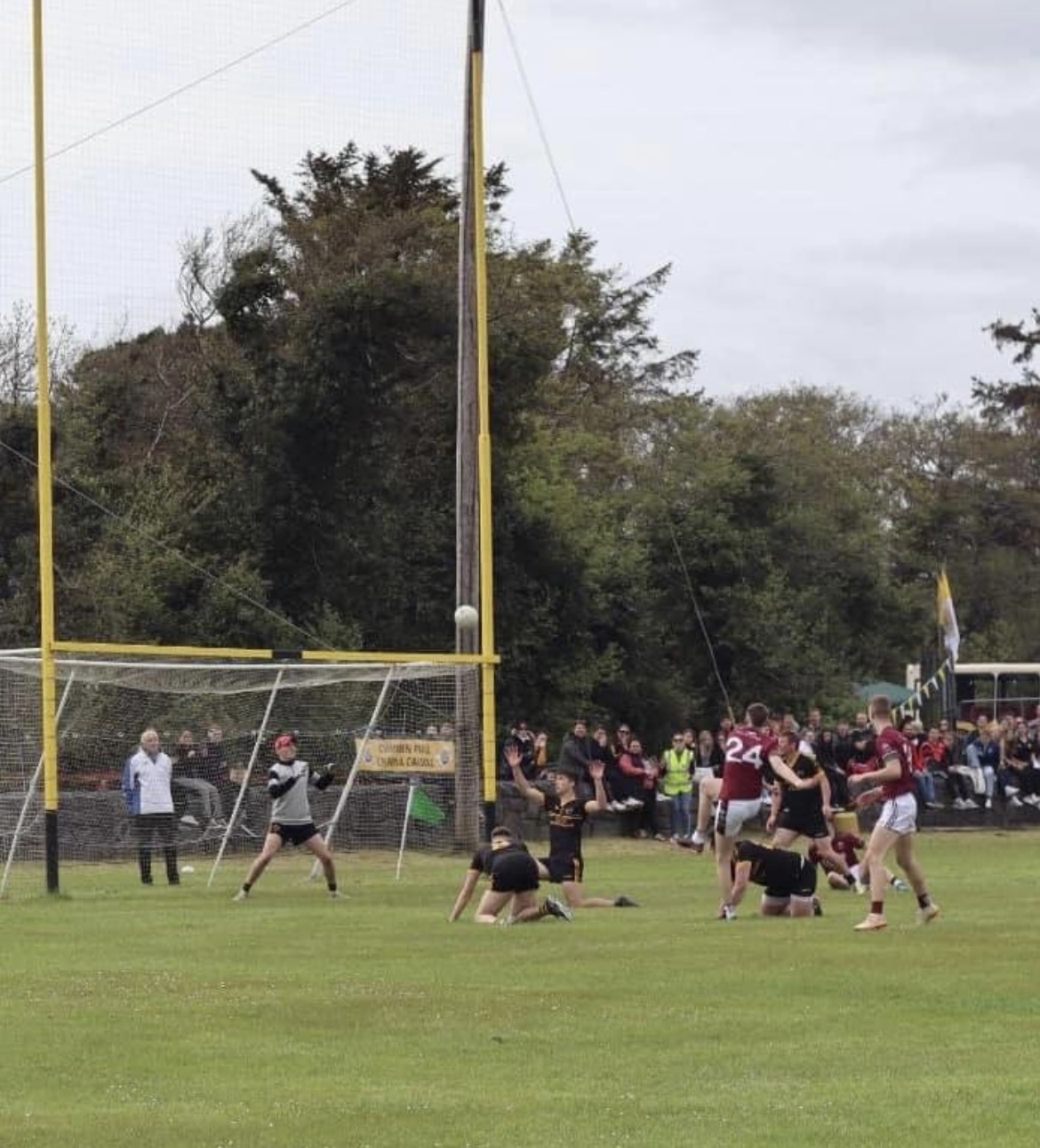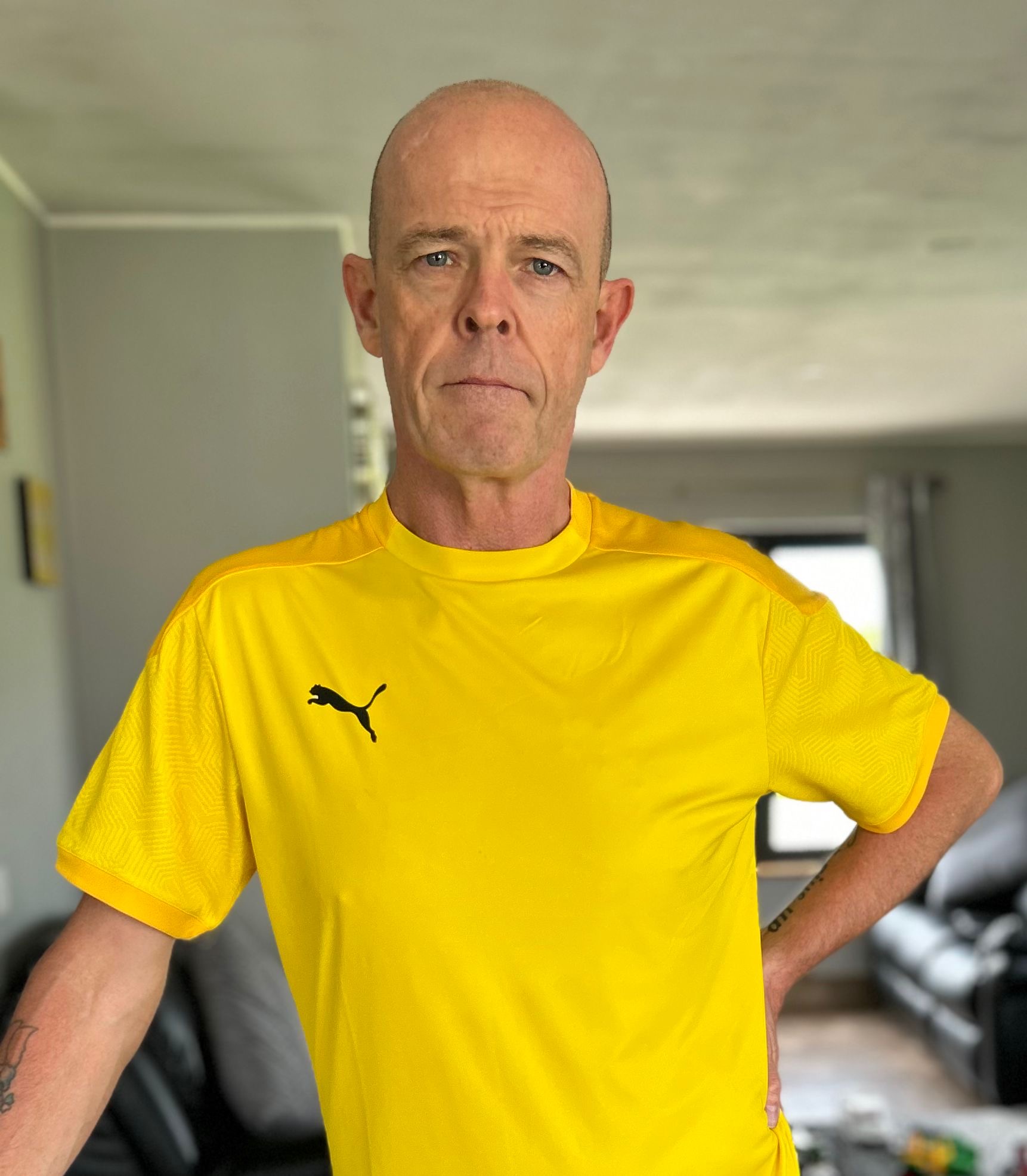ACL Lab Review Service

The leading experts
Aims of our ACL service
The goal for every athlete, surgeon and physiotherapist after ACL reconstruction is to return that athlete to sport, with no knee symptoms and avoid ACL re-injury. At SSC we have developed our ACL service to achieve that goal. By giving you and your physio detailed accurate data on our progress to date, where that sits compared to others and what areas you need to continue to work on, we aim to provide you with the information and guidance to empower you to make a successful return to sport. Our understanding of human movement and how this influences ACL injury risk is contstantly evolving, primarily through our ongoing research and PhD pathways. All the data that we collect is analysed constantly to inform our ability to help you through the rehabilitaiton and return to play process to minimise the risk of re-injury. We are then taking that data and assisting those who have never had an ACL injury avoid the same fate.
In order to deliver this service we have put together a team of highly experienced and motivated Biomechanists, Physiotherapists and Strength and Conditioning coaches and housed them in a 14,000 sq ft state of the art facility. We have equipped it with gold standard testing equipment to give you as detailed a picture of your rehabilitation as possible to guide you back towards a safe return to play. To aid in developing the service, our team of postdoc and PhD researchers analyse the data to improve the advice and feedback you are given. We then share our findings with the world through peer reviewed publication and presentations all over the globe.

Everything you need to know

Why use our ACL review service?
ACL re-injuries do happen. With feedback and regular testing throughout your rehabilitation, the re-injury rates we have seen at the UPMC Sports Surgery Clinic are much lower than have been reported elsewhere. We see over 1000 patients who have had ACL reconstructions each year and so we have a good understanding of the common pitfalls in rehab and what the important areas to work on with your physio are. We use a 3D biomechanics lab, force plates and isokinetic dynamometers to give reliable measures of how you are doing. We have a team of experienced strength and conditioning coaches, physiotherapists and biomechanists taking you through your testing and advising you on what areas you and your physio could focus on next.
What is our ACL service?
It consists of 6 areas:
1. Your pre-operative session will be your opportunity to learn more about the surgery and go through your training program to prepare you to be in the best shape prior to surgery and to take on your rehabilitation. The better shape you are in going into the surgery, the better shape you will be in to start your rehab.
2. Post-operative inpatient physiotherapy will start you on the road to recovery. It will equip you with the skills to negotiate the very early stages prior to seeing your physiotherapist in the first 7-10 days
3. Between 4 and 6 months comes your first opportunity to measure your progress and see how well you’re doing. Your strength, power and running mechanics will be analysed using an isokinetic dynamometer and 3D biomechanics. You will be given detailed feedback difference between limbs and in specific muscle groups and the areas to focus on with this alongside your running technique for your next block of training. This assessment point is called ACL Lab 1.

4. Between 7 and 9 months will see an expansion of the testing protocol to reflect that athletes are at different stages at that time point. Some will have their eyes on return to on-pitch training others will have a little way to go. The aim of this testing is to see how you have progressed from your first testing session and

identify any areas that need some work. Your strength and power will be tested again alongside the 3D biomechanics of your change of direction. This assessment point is called ACL Lab 2. Further follow up tests are available if desired.
5. The 1 year, 2 year and 5 year follow up questionaires allow us to keep track of your progress and provide you with an opportunity to touch base if you have any queries or issues. In addition it allows us to understand how successful your rehab has been in the long term. It allows us to learn and refine the service to further reduce the risk of those that follow from suffering a re-injury.

Rehab testing sessions

ACL Lab 1 (2 hours) – Isokinetic dynamometer strength testing will highlight any strength difference between legs and the ratio between your quads and hamstrings. The countermovementjumps and drop-jumps will be tested in our 3D biomechanics lab with 3D analysis along with your running technique. This will help us to monitor your power qualities and track your movements highlighting the key areas that you need to work on through to your next testing
ACL Lab 2 (3 hours) – You will perform the same strength and power tests as test 1 but you will also complete the high speed running and planned, and unplanned cutting / change of direction tasks. The aim of this test is to ensure that you’re making progress in you rehabilitation from last time and to look at any areas in your change of direction mechanics that you can work on to make you more robust for returning to play.
At each testing session, your results will be used to build a comprehensive summary of the physical areas to concentrate on going forward that will limit risk on your return. You and your physio will receive these results, an explanation of what they mean and where they sit relative to our return to play criteria. We will also go through the exercises that, in our experience, best improve those areas you have left to work on.
ACL Rehab Tests
Isokinetic Dynamometer Strength Test – This is used at each testing session. You will be sat in a large leg extension machine and, following a warm-up, be asked to straighten and bend your leg as hard as you can. This is a maximum strength test and is quite challenging. It is also very safe. The dynamometer can read how much force you can create giving a measure of your quad and hamstring strength on both legs. The difference between legs and the ratio of your quads to your hamstrings are vitally important measures here and form the foundation of your rehabilitation.


Countermovement jump – In this test you will stand up tall and perform a fast squat and jump as high as you can on a set of force plates on 1 and both legs. It will give an idea of any large differences between legs in absorbing and producing force and if you are guarding the operated leg. Large differences between legs can lead to you loading one leg more than the other which can affect performance and increase injury risk. You will do this at each testing session.
Running – Return to running is one of the biggest milestones throughout your rehabilitation. It is important as you return to focus as much on the mechanics of your running as well as how much running your knee is tolerating. The reason for testing is to give you some idea of some technique areas that you can work on with your physio as you look to get back to fitness. You will run for a short time on the treadmill at a comfortable speed in our 3D biomechanics lab at at ACL Lab 1 and then at high speed at ACL Lab 2. We will highlight any areas we think are worth focusing on to Optimising an athlete’s injury risk and athletic performance assist with improving your running performance.
90° planned cut – Cutting is one of the most common mechanisms in which people injure their ACL. To reduce this risk, it is important to understand if there are areas in your technique that relate to ACL injury to work on. In this test you will run towards a set of cones and make either a left or right 90° cut. We will look at your technique to see if there are areas in how you decelerate, plant and push off that you can work on to develop performance and reduce injury risk. This test is done at ACL Lab 2.
90° indecision cut – This test is similar to the planned cut except you will have to respond to a set of lights that tell you whether you’re going left or right. This is important as when you play you often have to respond very quickly to something that is happening around you. Having to respond to the lights increases pressure on your cutting technique by reducing the time you have to respond. We look to see if your technique changes as a result and guide you on your technique so that you can develop this during your rehab helping to reduce risk of re-injury. This test is done at ACL Lab 2.


What to expect on the day
First and foremost is a friendly and professional 5-star experience, this part is incredibly important to us and we all work very hard in order to best deliver that for you.
An opportunity to ask any questions that you have about your rehab to date and receive an open and honest response.
None of the tests should cause any discomfort, if you have any concerns you can raise this with your tester on the day or give us a call beforehand.
An impartial, objective view of how you are doing so far. Even those who rehab with us are not tested by their physio or strength and conditioning coach. This helps us to remove bias and give as true a reflection of your progress as possible.
A clear, informative set of performance data that helps to inform the return to play decision making between you, your surgeon and those assisting with your rehab.
Aims for testing sessions
The ACL tests have been picked as they mirror what we look for at each testing session. This is the ideal scenario and certain things such as other injuries in the knee and gaps in training can slow this down.
At your first testing session we aim for a full range of motion, a calm quiet joint, strength work to be started in the gym along with some jumping, landing and Your data expanding knowledge worldwide hopping. At this stage you may or may not have started running but we will aim to take some measurements of you running for a short while on the treadmill.
At your second testing session there is a large variety in where people are at with their rehabilitation. Some may be thinking about return to play, others may be taking more time to regain strength and power. Most will have started back running along with some change of direction drills which is why this testing session includes all of these tests.

Using the latest technology to achieve peak performance

How we use the data
Every test completed and every questionnaire filled out is very important to us. When a reinjury occurs, we are able to look back at the data and compare the differences between their information and those that don’t re-rupture. We are then able to use that to inform what we highlight during the reviews and the return to play targets we set you. If we’re able to better understand how to prevent a re-injury, it fits that we should be better able to prevent the injury in the first place. That’s why we place such an emphasis on collecting the 1 year, 2 year and 5 year follow up information.
Why follow up at 1, 2 and 5 years is so important
By far the most difficult part, but also the most important for us, is the collection of questionnaires at 1 year and 2 year. Without this, we can not track your progress and advise but also improve our review services for the next athlete coming through the pathway. The questionnaires take 10 minutes to fill out and, although not directly benefiting you, they will help others who go through what you have.
Research and my data
You are playing a huge part in improving outcomes from injury, as have many have done before you. As with any scientific research, full ethical approval was given by the UPMC Sports Surgery Clinic ethics board. This means the research team considered the risks, implications and validity of the data collected and the interventions. When you enter the service, you will be taken through the testing process, risks and offered the opportunity to ask any questions. You will then be asked whether you consent to your data being included in our research outcomes. This means your questionnaires, your operative notes and biomechanical data being used for research to further understanding of ACL injury. You can still be tested and rehabilitated without giving your consent, and are free to withdraw consent and have your data removed from the research database at any point. All research data that we hold is fully de-identified so that nobody is ablen to link the information to you and we hope you will consent as this data helps us make the program so much better.










